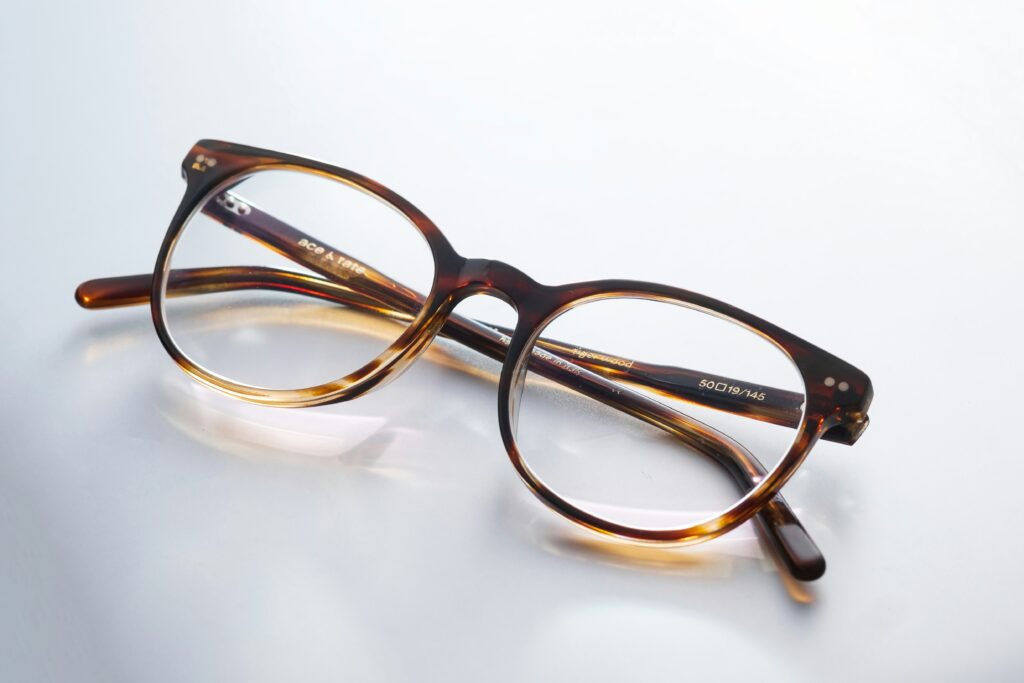Why do varifocal lenses work? Their pros and cons
There are some individuals who require only one pair of prescription glasses. While others need to buy more than one pair to be able to see different distances, having more than one pair of eyeglasses can be an inconvenience in most cases. There is a reason people are using varifocal lenses. They are referred to as progressive lenses. They provide continuous vision for all distances with just one lens. Additionally, they correct presbyopia.
As of 1955, varifocal lenses became commercially available as an upgrade from trifocals and bifocals. The first patent was issued during the early 20th century. Varifocal lenses are an upgrade from trifocals and bifocal lenses. These two traditional glasses usually have visible telltale lines in their lenses. In contrast, varifocal lenses appear seamless when they are worn.
Varifocal lenses: how do they work?
There are a variety of strengths of varifocal lenses available, including distance, intermediate, and close reading lenses. The thickness of the front and back of the lenses varies, which gives a smooth vertical extension of vision correction.
It is possible to correct multifocal field deficiencies with eyeglasses with varifocal lenses. If an individual struggles with close vision and distance vision at the same time, varifocal eyeglasses can help them with both areas of vision.
A varifocal lens can generally be categorized based on its application, either occupationally or on an everyday basis.
In terms of their focal strengths, varifocal lenses for everyday use are referred to as “busier” lenses. They also have a denser focal graduation since they are responsible for correcting a variety of distances. Furthermore, they must correct their vision whenever they read a book, type on a computer, or watch a television across the room.
A varifocal lens, on the other hand, is used more effectively in occupational settings. In most cases, offices have more consistent environments with static viewpoints. These lenses allow users to see intermediate and distant objects from their usual locations in the office. They offer a more accurate vision correction in a more consistent setting.
Varifocal lenses: advantages and disadvantages
Pros include:
-
The lines are not visible.
In contrast to bifocal lenses, varifocal lenses are not segregated. A varifocal lens that possesses a more appealing design is a varifocal lens with an upper part that is used to view distant objects, a middle and side part for intermediate distances, and a bottom part that is used for close-up objects.
-
A custom-fitted design.
There are many eye companies that provide varifocals tailored to the individual user’s needs. These companies take into account all the prescription details as well as pupillary distances, resulting in an excellent fit for all users.
-
There is no need to wear multiple glasses.
One pair of glasses can be brought with you wherever you go, which is an ideal and convenient feature.
The main cons are:
1. Expensive.
As varifocals undergo advancements, it is important to choose high quality lenses rather than settling for low quality ones. Since new technologies can be costly, it is important to make sure that the lenses are of high quality instead of settling for low quality lenses.
2. The peripheral vision.
It is not uncommon for varifocal lenses not to offer a sufficient field of vision and to offer poor quality vision through their peripheral areas.
3. Getting used to it may take some time.
Varifocals take approximately two to three weeks for users to become accustomed to wearing prescription glasses.
What are the best varifocal lenses?
As a result, there are varifocal lenses and glasses that are designed for daily use and those that are designed for occupational use. This must be taken into consideration when selecting varifocal lenses and glasses for your needs.
A good rule of thumb should be to test the lenses’ accuracy before purchasing them. It should be noted that these lenses are extremely expensive, which could result in them costing considerably more than ordinary prescription glasses.
Varifocal lenses present a number of significant concerns, including the possibility of obstructing peripheral vision.
As well as ensuring that your vision is corrected, these varifocal lenses must also protect your eyes from ultraviolet rays, which can lead to eye infections such as cataracts and macular degeneration.
It is important to find varifocal lenses that are durable and hard-wearing. In addition to not spending more money buying more varifocal lenses, make sure they are waterproof, scratch resistant, and anti-static. Taking this step will ensure that you get the most value for your money.
















